Top 10 led light in China introduce,list main products and website if have
1. BSWOLF – BSWOLF is a leading manufacturer of high-quality LED lights in China. Their main products include LED headlamps, flashlights, camping lanterns, and work lights. Website: www.bswolf.com
2. SANSI – SANSI is a renowned brand for LED lighting solutions. Their main products include LED grow lights, floodlights, street lights, and panel lights. Website: www.sansitech.us
3. AIA LED – AIA LED specializes in the production of LED tube lights, panel lights, and high bay lights. Their products are known for their energy efficiency and long lifespan. Website: www.aialedlighting.com
4. GEZAN – GEZAN offers a wide range of LED lights, including ceiling lights, wall lights, and pendant lights. They are known for their modern designs and high-quality materials. Website: www.gezanlighting.com
5. VOLK – VOLK is a leading manufacturer of LED bulbs, downlights, and spotlights in China. Their products are known for their superior brightness and energy-saving features. Website: www.volklighting.com
6. LUMILEDS – LUMILEDS specializes in LED automotive lighting solutions, including headlights, fog lights, and interior lights. They are a trusted supplier for many automobile manufacturers. Website: www.lumileds.com
7. OPPLE – OPPLE offers a wide range of LED lighting products for residential and commercial use, including LED bulbs, tube lights, and panel lights. Website: www.opple.com
8. CREP – CREP is a leading supplier of LED street lights, solar lights, and garden lights in China. They are known for their durable and weather-resistant products. Website: www.crepled.com
9. LEADER LIGHTING – LEADER LIGHTING specializes in LED track lights, downlights, and spotlights for retail and commercial spaces. Their products are known for their stylish designs and advanced technology. Website: www.leaderlighting.com
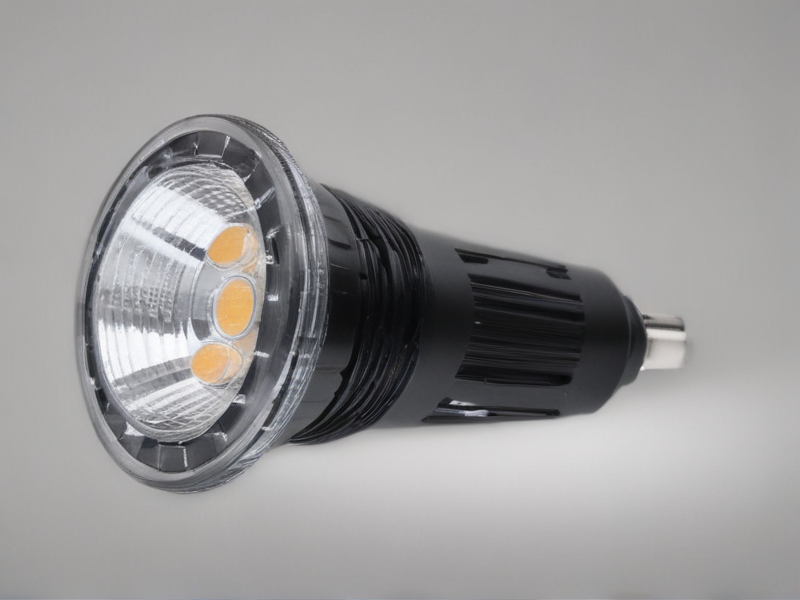
Types of led light
There are several types of LED lights available on the market, each with their own unique features and benefits. Here are some of the most common types:
1. LED Strip Lights: These are flexible strips of LEDs that can be easily cut to size and mounted on surfaces to provide decorative or functional lighting. They come in a variety of colors and can be used for accent lighting, under cabinet lighting, or even as a primary light source.
2. LED Bulbs: These are replacements for traditional incandescent or fluorescent bulbs and come in a variety of shapes and sizes to fit different fixtures. LED bulbs are energy-efficient, long-lasting, and produce less heat than traditional bulbs.
3. LED Flood Lights: These are powerful lights that emit a broad beam of light, making them ideal for illuminating large areas such as outdoor spaces, sports fields, or construction sites. LED flood lights are energy-efficient and can last for years without needing replacement.
4. LED Grow Lights: These specialized lights are designed to simulate natural sunlight and provide the specific spectrum of light that plants need for photosynthesis. LED grow lights are commonly used for indoor gardening, hydroponics, and commercial agricultural applications.
5. LED Panel Lights: These are flat, thin light fixtures that provide even, uniform lighting. LED panel lights are commonly used in offices, schools, hospitals, and other commercial spaces for general illumination.
6. LED Tube Lights: These are replacements for traditional fluorescent tubes and come in various lengths and sizes to fit different fixtures. LED tube lights are energy-efficient, long-lasting, and produce a bright, flicker-free light.
Overall, LED lights offer numerous advantages over traditional lighting options, including energy efficiency, long lifespan, and a wide range of colors and styles to choose from. Whether you’re looking for decorative lighting, task lighting, or general illumination, there is likely an LED light option that will meet your needs.
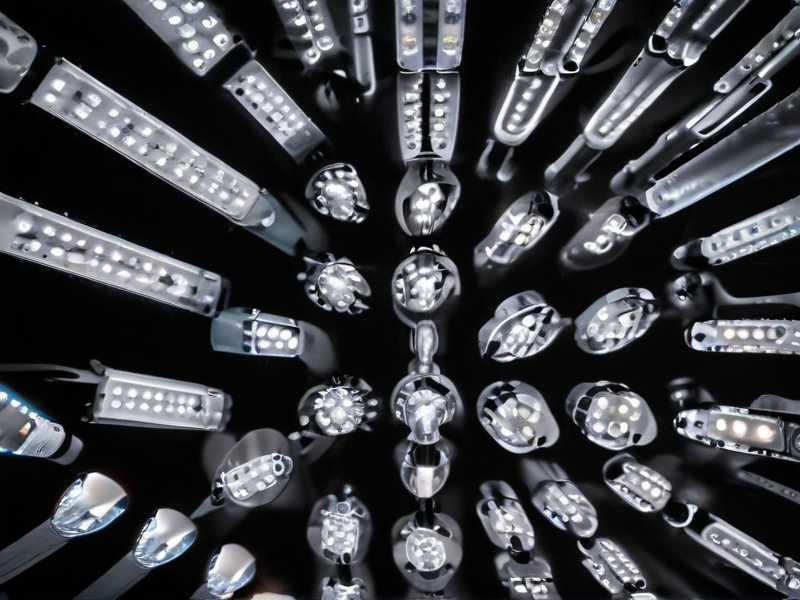
Pros and Cons of Using led light
LED lights have become increasingly popular in recent years for their energy-efficiency and long-lasting properties. Here are some of the pros and cons of using LED lights:
Pros:
1. Energy-efficient: LED lights use significantly less energy compared to traditional incandescent bulbs, helping to reduce electricity costs and lower carbon emissions.
2. Long lifespan: LED lights have an exceptionally long lifespan, typically lasting around 25,000 to 50,000 hours. This means less frequent replacement and maintenance costs.
3. Durability: LED lights are more durable than traditional bulbs, as they are resistant to shock, vibrations, and extreme temperatures.
4. Instant lighting: LED lights turn on instantly with full brightness, unlike compact fluorescent lights (CFLs) that may require time to reach full illumination.
5. Directional lighting: LED lights emit light in a specific direction, making them ideal for spotlights, task lighting, and decorative lighting.
Cons:
1. Higher upfront cost: LED lights tend to have a higher initial cost compared to traditional bulbs, although the long-term energy savings can offset this expense.
2. Dimming limitations: Some LED lights may have limitations when it comes to dimming capabilities, requiring compatible dimmer switches.
3. Color temperature: LED lights come in a variety of color temperatures, which may not suit everyone’s preference. It is important to choose the right color temperature for the desired lighting effect.
4. Heat management: While LED lights are energy-efficient, they still generate some heat, which can affect their performance and lifespan if not properly managed.
5. Quality inconsistency: With a wide range of manufacturers producing LED lights, quality can vary. It is essential to choose reputable brands to ensure the longevity and performance of the lights.
In conclusion, LED lights offer significant advantages in terms of energy efficiency, durability, and lifespan. However, there are also factors to consider such as upfront cost, dimming limitations, and quality consistency. Overall, LED lights are a great choice for those looking to reduce energy consumption and maintenance costs in the long run.
led light Reference Specifications (varies for different product)
LED lights typically come in a variety of shapes and sizes, with different specifications based on the specific product. Some common reference specifications for LED lights include the wattage, lumens, color temperature, and beam angle.
The wattage of an LED light refers to the amount of power it consumes and can range from as low as 3 watts to as high as 100 watts or more. Lumens, on the other hand, measure the brightness of the light and can vary from around 300 lumens for a small bulb to over 10,000 lumens for a large floodlight.
Color temperature is another important specification for LED lights, with options ranging from warm white (around 2700K) to cool white (around 5000K) to daylight (around 6500K). The color temperature can affect the mood and ambiance of a space, so it is important to choose a suitable option based on the desired lighting effect.
Additionally, the beam angle of an LED light determines how wide or narrow the light is spread, with options ranging from narrow spotlights to wide floodlights. A smaller beam angle is typically used for task lighting, while a larger beam angle is more suitable for ambient lighting.
Overall, understanding and considering these reference specifications can help you choose the right LED light for your specific lighting needs. By selecting the appropriate wattage, lumens, color temperature, and beam angle, you can create the perfect lighting solution for any space.
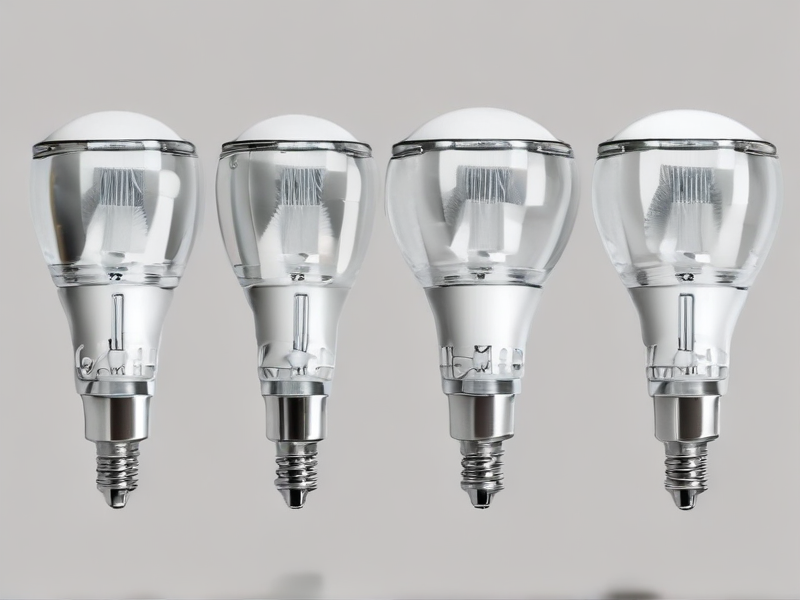
Applications of led light
LED lights have become widely popular due to their energy efficiency, long lifespan, and versatility. Some common applications of LED lights include:
1. Home lighting: LED lights are increasingly being used for residential lighting, as they produce bright, quality light while consuming less energy than traditional incandescent or fluorescent bulbs. LED light bulbs are available in a variety of color temperatures and styles, making them suitable for different purposes in homes.
2. Commercial lighting: LED lights are commonly used in commercial settings such as offices, retail stores, and restaurants. They provide consistent, high-quality lighting that enhances the ambiance and visibility of these spaces. LED lights are also preferred for their long lifespan and low maintenance requirements.
3. Outdoor lighting: LED lights are ideal for outdoor applications such as street lighting, landscape lighting, and security lighting. They are durable, weather-resistant, and can withstand harsh conditions without losing brightness or color quality. LED lights are also energy-efficient, making them cost-effective for outdoor lighting installations.
4. Automotive lighting: LED lights are widely used in automotive lighting applications due to their low power consumption, high brightness, and long lifespan. They are commonly used for headlights, taillights, brake lights, and interior lighting in vehicles. LED lights also provide a stylish and modern look to cars and motorcycles.
5. Signage and display lighting: LED lights are commonly used for signage, displays, and illuminated advertisements. They are bright, energy-efficient, and can be customized in terms of color and brightness. LED lights are also used for decorative lighting in events, festivals, and architectural lighting installations.
Overall, the applications of LED lights are vast and varied, ranging from residential and commercial lighting to automotive, outdoor, and decorative lighting. With their energy efficiency, long lifespan, and versatility, LED lights continue to revolutionize the lighting industry.
The Work Process and how to use led light
The work process of using LED lights involves several steps to ensure proper installation and operation. First, it is important to select the appropriate LED light fixture for the desired application. This includes considering factors such as the desired brightness level, color temperature, and beam angle.
Next, the LED light fixture should be installed according to the manufacturer’s instructions. This typically involves mounting the fixture securely to a ceiling or wall and connecting it to a power source. It is important to ensure that all electrical connections are secure and that the fixture is properly grounded to prevent safety hazards.
Once the LED light fixture is installed, it can be operated using a compatible dimmer switch or control system. LED lights are known for their energy efficiency and long lifespan, making them a popular choice for both residential and commercial lighting applications.
When using LED lights, it is important to avoid overloading the fixtures or using them in a high-temperature environment, as this can reduce their lifespan. It is also recommended to periodically clean the fixtures to maintain optimal performance.
In conclusion, the work process of using LED lights involves selecting the right fixture, installing it correctly, and operating it efficiently to maximize its benefits. By following these steps, users can enjoy the energy-saving and long-lasting advantages of LED lighting while creating a bright and comfortable environment.
Quality Testing Methods for led light and how to control the quality
There are several quality testing methods for LED lights to ensure they meet certain standards and specifications. Some common methods include:
1. Lumen output testing: This method measures the actual amount of light emitted by the LED light, ensuring it meets the specified lumen output requirements.
2. Color temperature testing: LED lights should emit light within a specific color temperature range to ensure consistency and accuracy in color rendering. This test method verifies if the light meets the required color temperature.
3. Lifespan testing: LEDs are expected to have a long lifespan, so this test method is used to determine the durability and longevity of the light source.
4. Thermal testing: LED lights generate heat while in operation, and excessive heat can affect the performance and lifespan of the light. Thermal testing is used to ensure the LED light can dissipate heat efficiently and operate within safe temperature limits.
To control the quality of LED lights, manufacturers can implement several measures:
1. Implement strict quality control processes throughout the manufacturing and assembly stages to identify and address any defects or issues early on.
2. Regularly conduct performance and durability tests on LED lights to ensure they meet the specified standards and requirements.
3. Use high-quality components and materials in the production of LED lights to ensure better performance and longevity.
4. Regularly monitor and evaluate the performance and feedback of LED lights in the field to address any potential issues or concerns promptly.
By following these quality testing methods and control measures, manufacturers can ensure that their LED lights meet the required standards and provide reliable and consistent lighting performance.
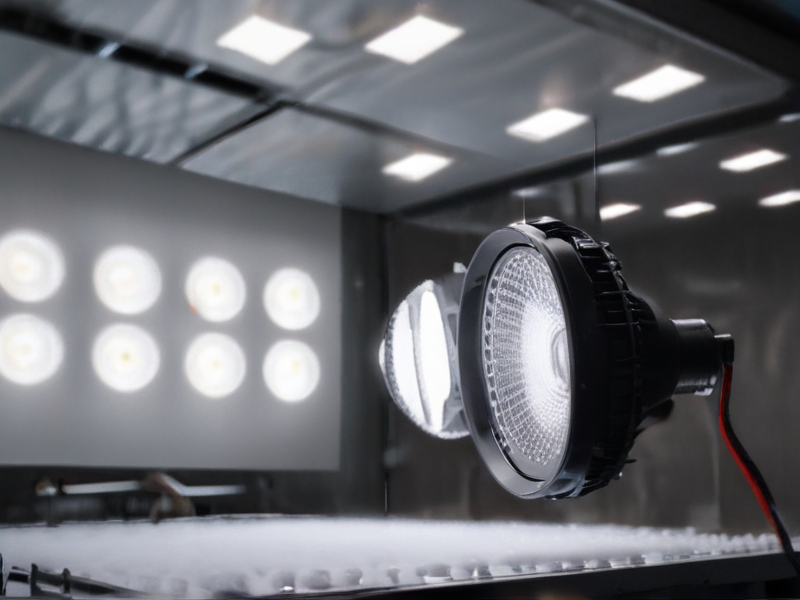
led light Importing questions including Cost,Supplier,Sample,Certification and Market
When considering importing LED lights, there are several important factors to take into account.
Cost is a key consideration when importing LED lights, as it will impact your overall budget and potential profit margins. You’ll need to research and compare prices from different suppliers to find the best deal that meets your quality standards.
The supplier you choose is crucial to the success of your import venture. Look for reliable and reputable suppliers with a proven track record of quality products and timely delivery. Request samples from potential suppliers to evaluate the product quality firsthand before making a bulk purchase.
Having the necessary certifications for the LED lights is essential to ensure compliance with safety and quality standards. Make sure the products you import have the required certifications for your target market to avoid any legal issues or safety concerns.
Before importing LED lights, it’s important to thoroughly research the market you plan to enter. Identify potential competitors, consumer preferences, and market trends to develop a successful import strategy.
Overall, careful planning and research are essential when importing LED lights to ensure a smooth and successful process. By considering factors such as cost, supplier selection, sample evaluation, certifications, and market analysis, you can increase your chances of a successful import venture.
How to find and select check reliable led light manufacturers in China
When looking for reliable LED light manufacturers in China, there are a few key factors to consider.
First, do thorough research and make a list of potential manufacturers. You can use online platforms like Alibaba, Made-in-China, or Global Sources to find a wide range of LED light manufacturers in China. Check their websites, company profiles, and product portfolios to get a better understanding of their capabilities and experience.
Next, look for manufacturers that have certifications such as ISO 9001, CE, and RoHS to ensure they meet international standards for quality and safety. These certifications indicate that the manufacturer follows good manufacturing practices and complies with regulations.
Additionally, check for customer reviews and testimonials to gauge the manufacturer’s reputation and reliability. You can also request samples or visit their factory to inspect their production processes and quality control measures.
Inquire about their production capacity, lead times, and pricing to ensure they can meet your requirements. Communication is key, so make sure the manufacturer is responsive and willing to provide information and support throughout the manufacturing process.
Finally, consider working with a sourcing agent or hire a third-party inspection company to verify the manufacturer’s credentials and quality standards. Remember to negotiate terms and sign a detailed contract to protect your interests.
By following these steps, you can find and select a reliable LED light manufacturer in China that meets your quality, price, and delivery requirements.
Background Research for led light manufacturers Companies in China, use qcc.com archive.org importyeti.com
China is a leading manufacturer of LED lights in the global market. There are numerous companies in China that specialize in the production of LED lights. Some of the well-known manufacturers include Shenzhen Daheng Optoelectronics Technology Co., Ltd., Shenzhen Kena Industry Co., Ltd., and Shenzhen Hanhua Opto Co., Ltd.
Shenzhen Daheng Optoelectronics Technology Co., Ltd. is a reputable LED light manufacturer that has been in operation since 2009. They offer a wide range of LED lighting products, including LED bulbs, LED downlights, and LED street lights. The company is known for its high-quality products and innovative designs.
Shenzhen Kena Industry Co., Ltd. is another prominent LED light manufacturer in China. They have been providing LED lighting solutions since 2010 and have built a strong reputation for their reliability and efficiency. The company’s product range includes LED strip lights, LED panel lights, and LED tube lights.
Shenzhen Hanhua Opto Co., Ltd. is also a key player in the Chinese LED lighting industry. Established in 2008, the company specializes in the production of LED floodlights, LED high bay lights, and LED track lights. They are known for their commitment to quality and customer satisfaction.
Overall, the LED light manufacturing industry in China is highly competitive, with a wide range of companies offering innovative products and solutions to meet the growing demand for energy-efficient lighting solutions. By utilizing platforms like qcc.com, archive.org, and importyeti.com, businesses can easily research and identify reputable LED light manufacturers in China.
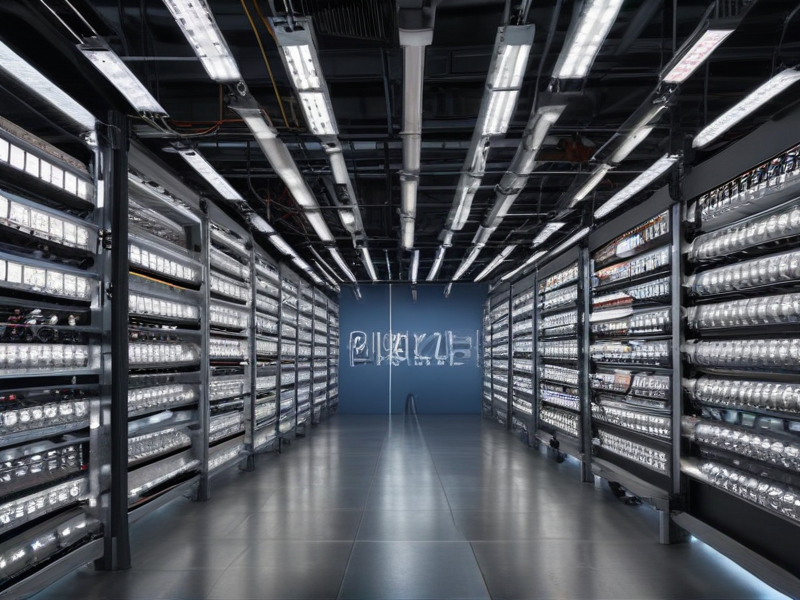
Price Cost Research for led light manufacturers Companies in China, use temu.com and 1688.com
When researching prices and costs for LED light manufacturers in China, two popular platforms to use are temu.com and 1688.com. These websites provide a wide range of suppliers and products, making it easy to compare prices and find the best deals.
To begin your search, simply enter keywords such as “LED light manufacturers” or specific product names into the search bar on temu.com and 1688.com. You can then browse through the different listings to find suppliers that meet your requirements.
Once you have found potential suppliers, it is essential to compare prices and costs. Look at factors such as the unit price of the LED lights, minimum order quantities, shipping costs, and payment terms. It is also advisable to reach out to the suppliers directly to negotiate prices and discuss any additional fees.
When conducting research on temu.com and 1688.com, it is important to consider not only the price but also the quality of the products and the reputation of the suppliers. Reading customer reviews and ratings can provide valuable insight into the reliability and trustworthiness of a supplier.
By using temu.com and 1688.com to research prices and costs for LED light manufacturers in China, you can find the best deals and suppliers to meet your business needs. Remember to take the time to compare prices, negotiate with suppliers, and ensure quality and reliability before making a purchase.
Shipping Cost for led light import from China
The shipping cost for importing LED lights from China can vary depending on several factors such as the size and weight of the shipment, the shipping method chosen, and the destination country.
For smaller shipments, air freight is usually the most cost-effective option. The cost of air freight for LED lights can vary from $2 to $6 per kilogram, with a minimum charge of around $50. This method is fast and reliable, making it a popular choice for smaller orders.
For larger shipments, sea freight is typically the most economical option. The cost of sea freight for LED lights can range from $600 to $1,200 per 20-foot container, depending on the port of origin and destination. Sea freight is slower than air freight but is more cost-effective for larger quantities.
In addition to the freight costs, there are other expenses to consider when importing LED lights from China. These include customs duties, taxes, insurance, and handling fees. It is important to factor in these additional costs when calculating the total shipping cost.
Overall, the shipping cost for importing LED lights from China can range from a few hundred dollars to several thousand dollars, depending on the specific details of the shipment. To ensure a smooth and cost-effective shipping process, it is recommended to work with a reputable freight forwarder or logistics provider who has experience in handling imports from China.
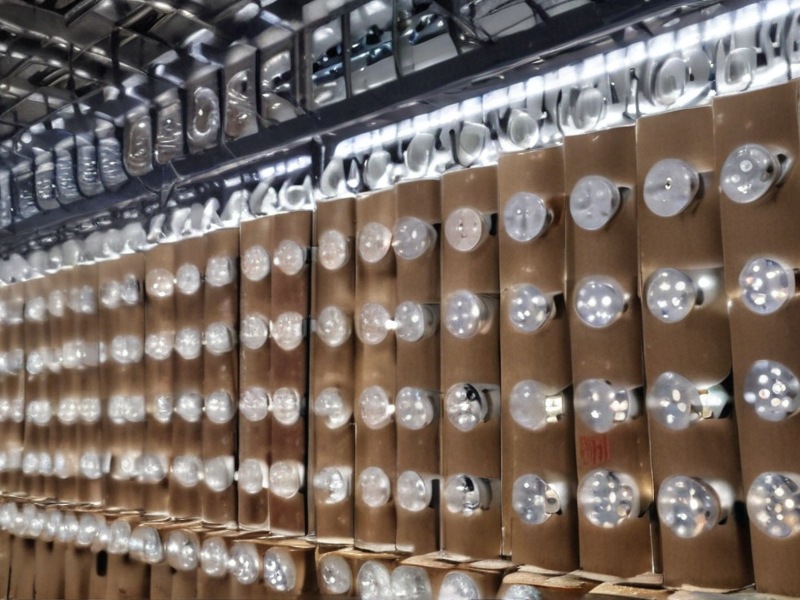
Compare China and Other led light Markets: Products Quality and Price,Visible and Hidden Costs
In the LED light market, China is known for producing a wide range of LED products at competitive prices. The quality of LED lights from China can vary, with some manufacturers offering high-quality products that meet international standards, while others may provide lower quality products at cheaper prices.
In comparison to other LED light markets, China tends to offer lower prices due to the country’s large manufacturing capabilities and lower labor costs. However, there are visible and hidden costs associated with purchasing LED lights from China. Visible costs may include transportation and import duties, while hidden costs can arise from potential quality issues, longer lead times, and communication barriers.
Other LED light markets, such as those in Europe or North America, may offer higher quality products but at a higher price point. These markets tend to have stricter regulations and standards for LED lighting, leading to products that are more reliable and durable. While the initial cost may be higher, customers may experience savings in the long run due to the longer lifespan and energy efficiency of these products.
Overall, the decision to purchase LED lights from China or other markets will depend on the customer’s budget, quality requirements, and specific needs. It is important for customers to carefully consider the quality and price trade-offs, as well as the visible and hidden costs associated with each market, in order to make an informed decision.
Custom Private Labeling and Branding Opportunities with Chinese led light Manufacturers
Are you looking to expand your product line with high-quality LED lights for your brand? Partnering with Chinese LED light manufacturers can offer you custom private labeling and branding opportunities to showcase your unique brand identity.
With years of experience in manufacturing LED lights, Chinese manufacturers have the expertise to produce high-quality products that meet your specifications and branding requirements. You can work closely with these manufacturers to create custom designs, packaging, and labeling that align with your brand image.
By leveraging the capabilities of Chinese LED light manufacturers, you can create a wide range of products, including LED bulbs, strips, panels, and more, that are tailored to your target market and branding needs. Whether you are looking to expand your product offerings or differentiate your brand in the market, partnering with Chinese manufacturers can help you achieve your business goals.
By working with Chinese LED light manufacturers, you can benefit from cost-effective production, efficient supply chain management, and access to a wide range of customizable options. Take advantage of this opportunity to bring your brand to the next level with high-quality LED lights that bear your unique branding. Partner with Chinese LED light manufacturers today to start driving growth for your brand.
Tips for Procurement and Considerations when Purchasing led light
1. Consider the quality and efficiency of the LED lights before making a purchase. Look for lights that are energy efficient and have a high lumen output to ensure they provide adequate illumination.
2. Evaluate the lifespan of the LED lights. LED lights have a much longer lifespan compared to traditional lighting options, so be sure to choose lights that will last for many years to come.
3. Consider the color temperature of the LED lights. Different color temperatures are suitable for different applications, so choose the one that best suits your needs.
4. Compare prices and look for the best deal. While LED lights may have a higher upfront cost, they will save you money in the long run due to their energy efficiency and long lifespan.
5. Check for any warranties or guarantees offered by the manufacturer. This will provide you with peace of mind knowing that you are covered in case of any defects or issues with the lights.
6. Ensure the LED lights are compatible with any existing fixtures or lighting systems you have in place. This will make installation easier and more cost-effective.
7. Consider the environmental impact of the LED lights. LED lights are more environmentally friendly than traditional lighting options, so choosing them can help reduce your carbon footprint.
Overall, when purchasing LED lights for procurement, make sure to consider factors such as quality, efficiency, lifespan, color temperature, price, warranties, compatibility, and environmental impact to make an informed decision.
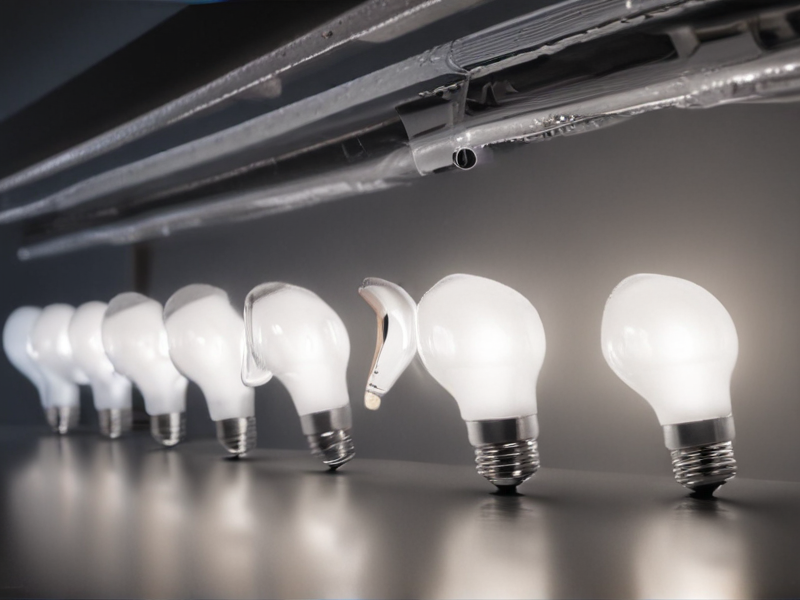
FAQs on Sourcing and Manufacturing led light in China
1. Why should I consider sourcing and manufacturing LED lights in China?
China is a world leader in LED lights manufacturing and has a well-established supply chain that ensures high-quality products at competitive prices. With a large number of factories and skilled workers, China offers economies of scale that can help lower production costs.
2. How can I find reliable LED light manufacturers in China?
It is essential to conduct thorough research and due diligence before selecting a manufacturer. Trade shows, online directories, and sourcing agents can be useful resources in finding reputable suppliers. Additionally, requesting samples and visiting factories in person can help verify the manufacturer’s capabilities and quality standards.
3. What are the key factors to consider when sourcing LED lights in China?
Key factors to consider when sourcing LED lights in China include the manufacturer’s quality standards, production capacity, lead times, pricing, and export experience. Communication and cultural differences should also be taken into account to ensure a smooth collaboration.
4. How can I ensure product quality and compliance with regulations when manufacturing LED lights in China?
Working with manufacturers that have certifications such as ISO 9001 and RoHS can help ensure product quality. It is also crucial to conduct quality control inspections during production and before shipment to guarantee compliance with international regulations and standards.
5. What are the potential challenges of sourcing and manufacturing LED lights in China?
Some potential challenges of sourcing and manufacturing LED lights in China include language barriers, intellectual property protection, and the risk of counterfeit products. It is crucial to address these challenges by working with reputable suppliers, drafting clear contracts, and implementing strict quality control measures.
Why contact sourcifychina.com get free quota from reliable led light suppliers?
Contacting sourcifychina.com to get a free quota from reliable LED light suppliers is a smart business decision for several reasons.
Firstly, sourcifychina.com has a network of trusted and verified suppliers who have been vetted for quality and reliability. This means that by working with them, you can be assured that you are getting products from reputable and trustworthy sources.
Secondly, by getting a free quota from these suppliers, you can compare prices and offerings to find the best deal for your business. This can help you save money and ensure that you are getting the best value for your investment.
Additionally, sourcifychina.com can help facilitate the entire sourcing process, from initial inquiries to final negotiations and agreements. This can save you time and energy that would otherwise be spent trying to find and vet suppliers on your own.
Overall, contacting sourcifychina.com to get a free quota from reliable LED light suppliers is a convenient and efficient way to source high-quality products at competitive prices. It is a valuable resource for businesses looking to streamline their sourcing processes and maximize their ROI.
Use html create table compare for Top 10 led light in China, including main products and website
| Rank | Company | Main Products | Website |
|---|---|---|---|
| 1 | Xiaomi | LED Bulbs, LED Strips, LED Ceiling Lights | www.mi.com/en |
| 2 | Philips | LED Downlights, LED Spotlights, LED Panel Lights | www.philips.com.cn |
| 3 | OPPLE | LED Tubes, LED Panel Lights, LED Floodlights | www.opple.com |
| 4 | Osram | LED Bulbs, LED Tubes, LED Downlights | www.osram.com |
| 5 | GE Lighting | LED Bulbs, LED Floodlights, LED Street Lights | www.gelighting.com |
| 6 | Cree | LED Bulbs, LED Tubes, LED Downlights | www.cree.com |
| 7 | NVC Lighting | LED Bulbs, LED Tubes, LED Downlights | www.nvclighting.com |
| 8 | Yankon Lighting | LED Bulbs, LED Panels, LED Track Lights | www.yankon.com |
| 9 | Topstar | LED Bulbs, LED Tubes, LED Panel Lights | www.topstarlighting.com |
| 10 | Opple Lighting | LED Bulbs, LED Tubes, LED Downlights | www.opple.com |
In China, the top 10 LED light companies offer a wide range of products including bulbs, tubes, panels, downlights, floodlights, and more. Some of the popular brands include Xiaomi, Philips, OPPLE, Osram, GE Lighting, Cree, NVC Lighting, Yankon Lighting, Topstar, and Opple Lighting. Each company has its own website where customers can browse and purchase their products. These companies are known for their quality LED lighting solutions and innovative designs.
